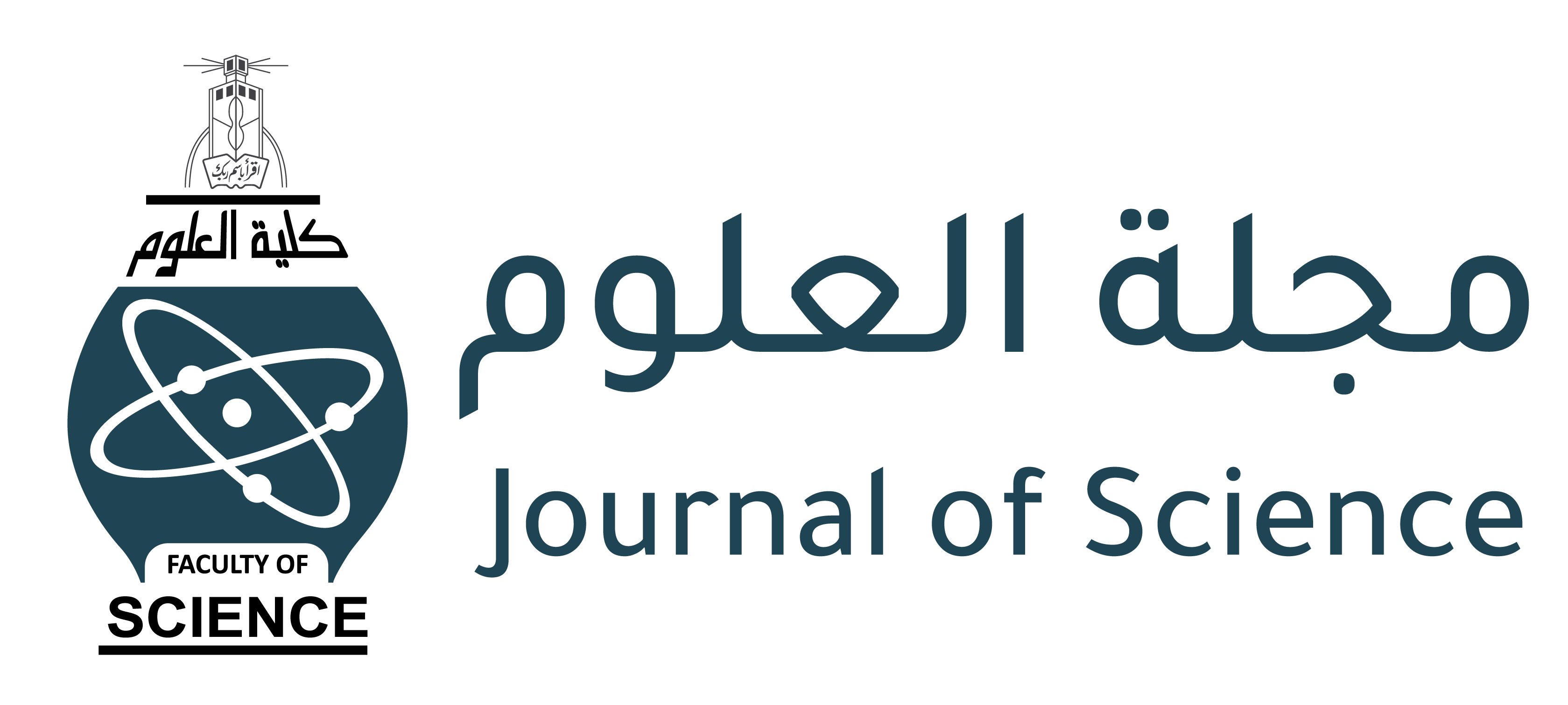Optimizing Continuous Wave Semiconductor Laser toward Achieving (100’s) mW Power for Use in Medical Application: Theoretical Work
Main Article Content
Abstract
Diode laser is very efficient in medical applications, especially in photodynamic therapy (PDT), a type of laser phototherapy. Conventional laser diodes are classified as low-power lasers that emit laser radiation with a power of few 10s-mW. Extending the laser diode to further applications requires enhancing the emitted power. In this theoretical research, we aim to optimize laser diode's continuous-wave (CW) parameters that control the light-current (L-I) characteristics toward achieving higher slope efficiency and output power. The study is based on numerical solution of the rate equations and evaluating the steady state value of the emitted power, which is then used in the relationships among the total slope efficiency, differential quantum efficiency, threshold current, and emitted power. The numerical calculations indicated that power in the range of 100s-mW is predicted by designing the laser to have an anti-reflecting front facet, high-reflecting back facet, and short cavity with low material loss and high confinement of the lasing field. Therefore, the outcome of this study is to offer a guide for designing a high-power laser diode for use in PDT.
